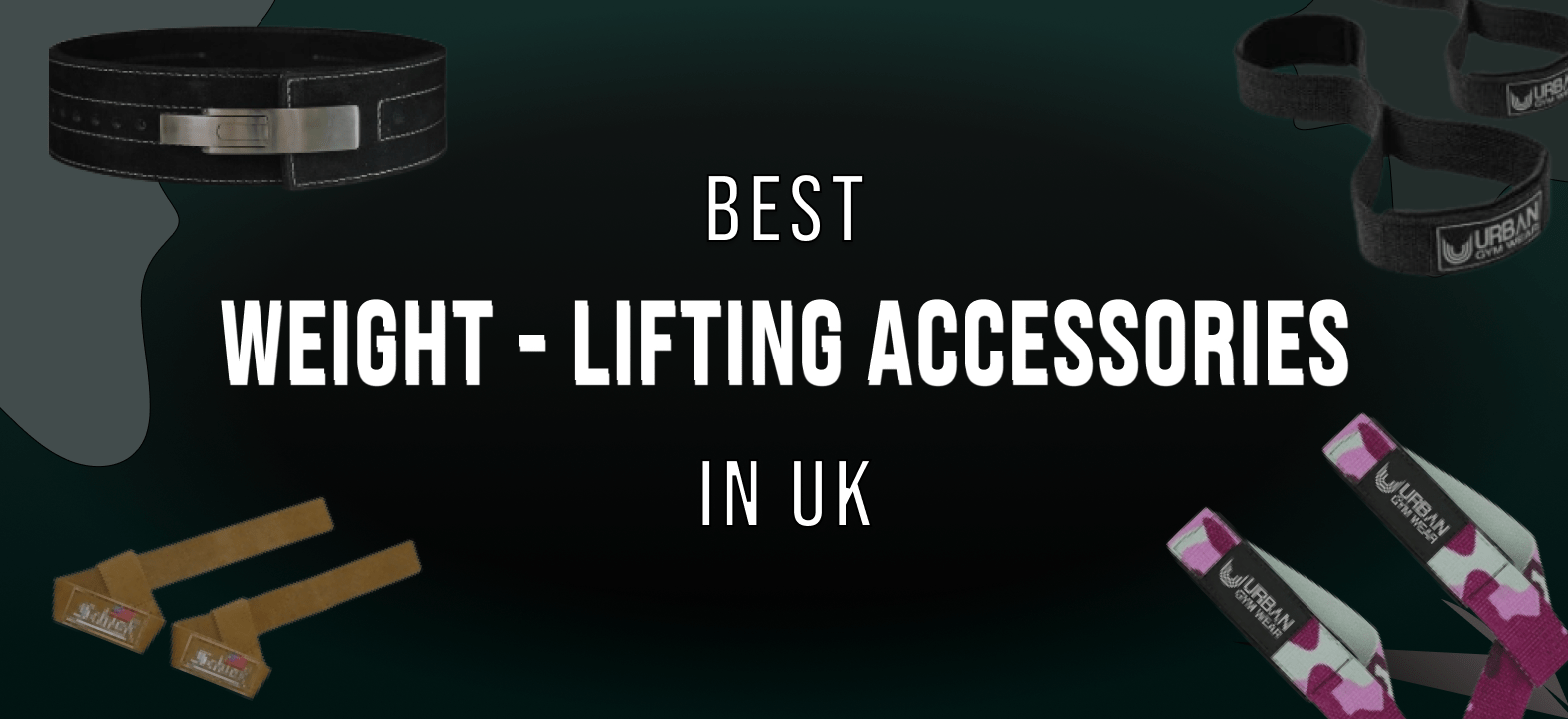Nearsightedness, also referred to as myopia. It is a condition where objects appear clear up close but hazy from a distance. Millions of people worldwide are afflicted this extremely common disorder. Children young adults are the most affected. Concerns regarding the growing prevalence of myopia its potential long-term effects have been prevalent in recent years. Treatment for myopia has consequently grown in importance within the fields of ophthalmology optometry.
Eyeball elongation, which results in light focusing in front of the retina rather than on it, is the cause of myopia. Although the precise cause of myopia is unknown, environmental genetic factors, such as close work inactivity, have been linked to the condition.
The eyes of infants grow develop quickly during the first few years of life. Clear vision is produced during this period when the cornea lens’s shapes the length of the eye balance out. We refer to this process as emmetropization. Emmetropia is the term for the condition in which there is no refractive error in the eyes. The majority of newborns are farsighted. This is due to the eyes’ birthlong inadequacy in length, measured from front to back. The process of emmetropization persists in the child until approximately the age of 6 or 8. Currently, the majority of kids have low hyperopia, very few have myopia.
The goal of myopia management is to slow down the progression of myopia using various methods. The main goal of myopia management is to reduce the likelihood of developing high myopia, which is associated with a higher risk of vision-threatening conditions like glaucoma, myopic maculopathy, retinal detachment.
Often referred to as corneal reshaping therapy, orthokeratology, or ortho-k, is one of the most effective methods for controlling myopia. Ortho-k temporarily reshapes the cornea using specially designed contact lenses that are worn overnight. After having the lenses taken out in the morning, the patient can see clearly all day long without the need for glasses or contact lenses. Ortho-k is a good option because it has been shown to slow the growth of myopia up to 50%.
Another option for controlling myopia is to use multifocal contact lenses. The different zones powers of these lenses enable the eyes to focus at different distances. It has been demonstrated that multifocal contact lenses can halt the progression of myopia 50%.
Atropine eye drops are an additional option for controlling myopia. Atropine is a medication that relaxes the focusing muscle dilates the pupil of the eye. It has been shown that atropine eye drops can halt the progression of myopia up to 50%. However, they can also have negative effects like blurred vision, sensitivity to light, trouble focusing on near objects. Not licensed in the UK at this time.
Increasing outdoor time is another method of controlling myopia. According to research, children who spend more time outside are less likely to develop myopia. It is believed that being in natural light being visually stimulated far-off objects can help to slow down the progression of myopia. Lastly, controlling myopia is a crucial aspect of eye care, especially for adolescents young adults. Myopia can be slowed down wearing multifocal contact lenses, increasing outdoor time. Contact Goldsmith & Harvey, or any of your local opticians for more information to determine the best myopia control strategy for you.



